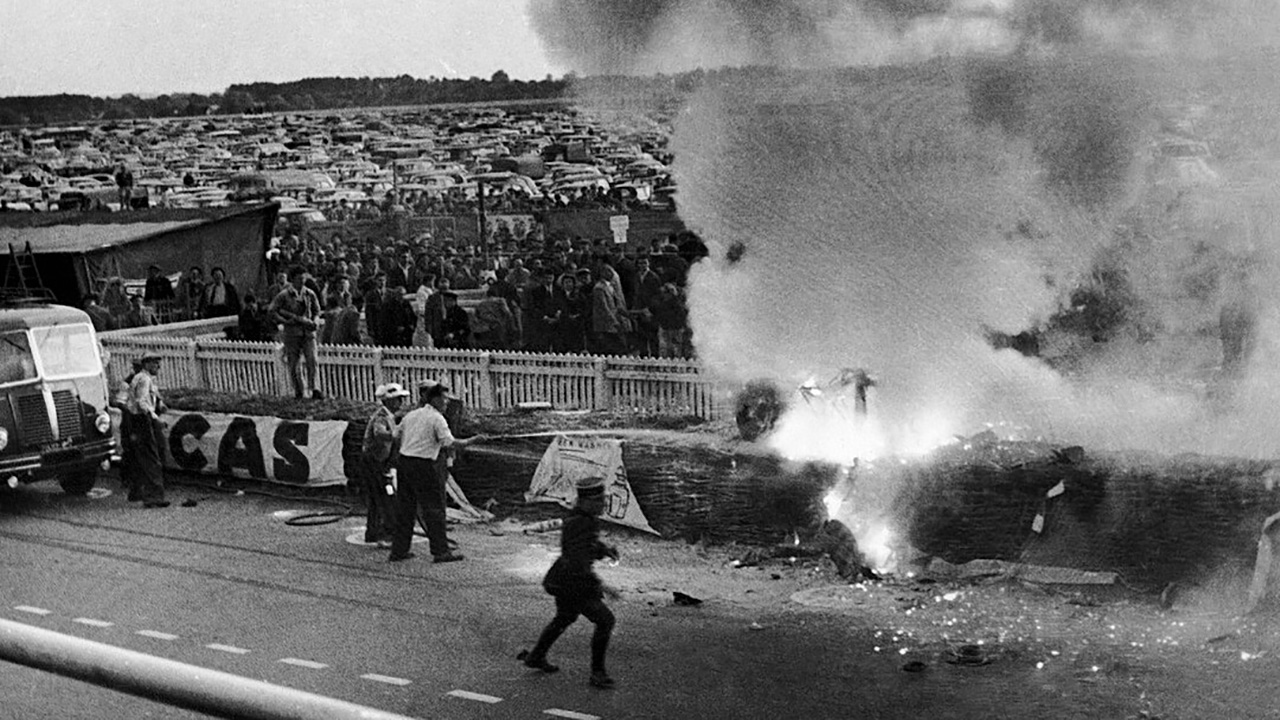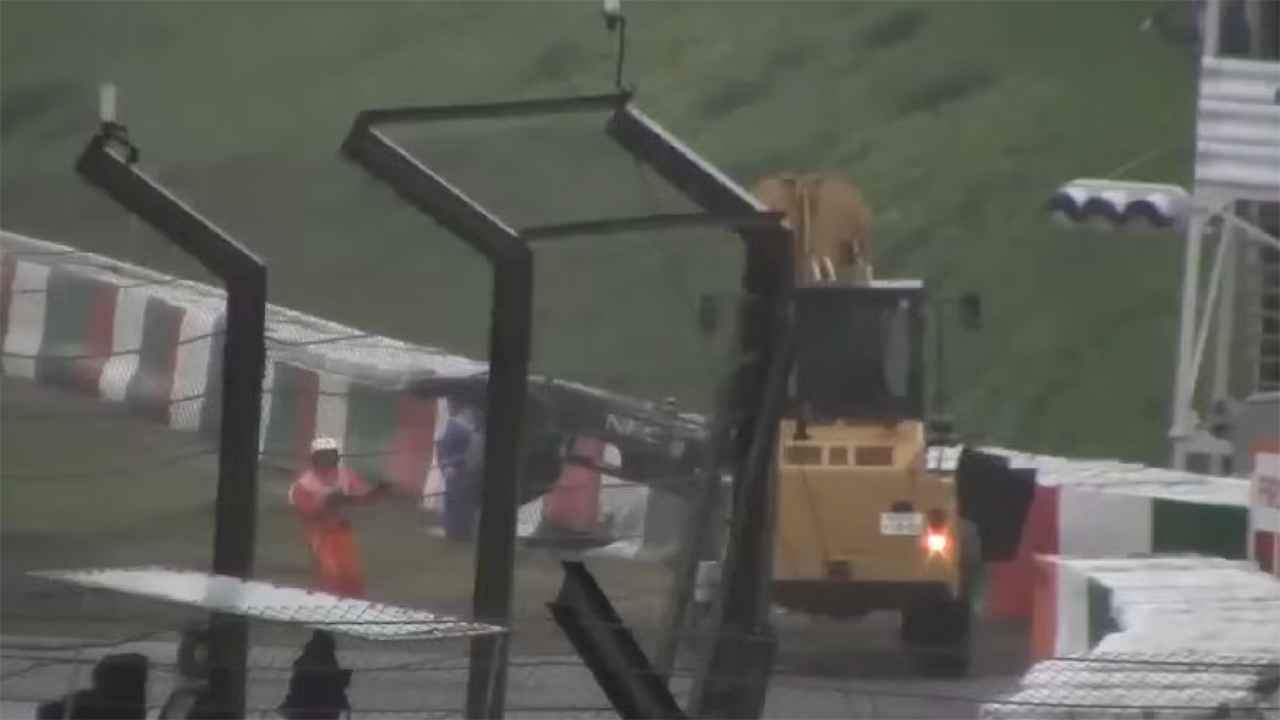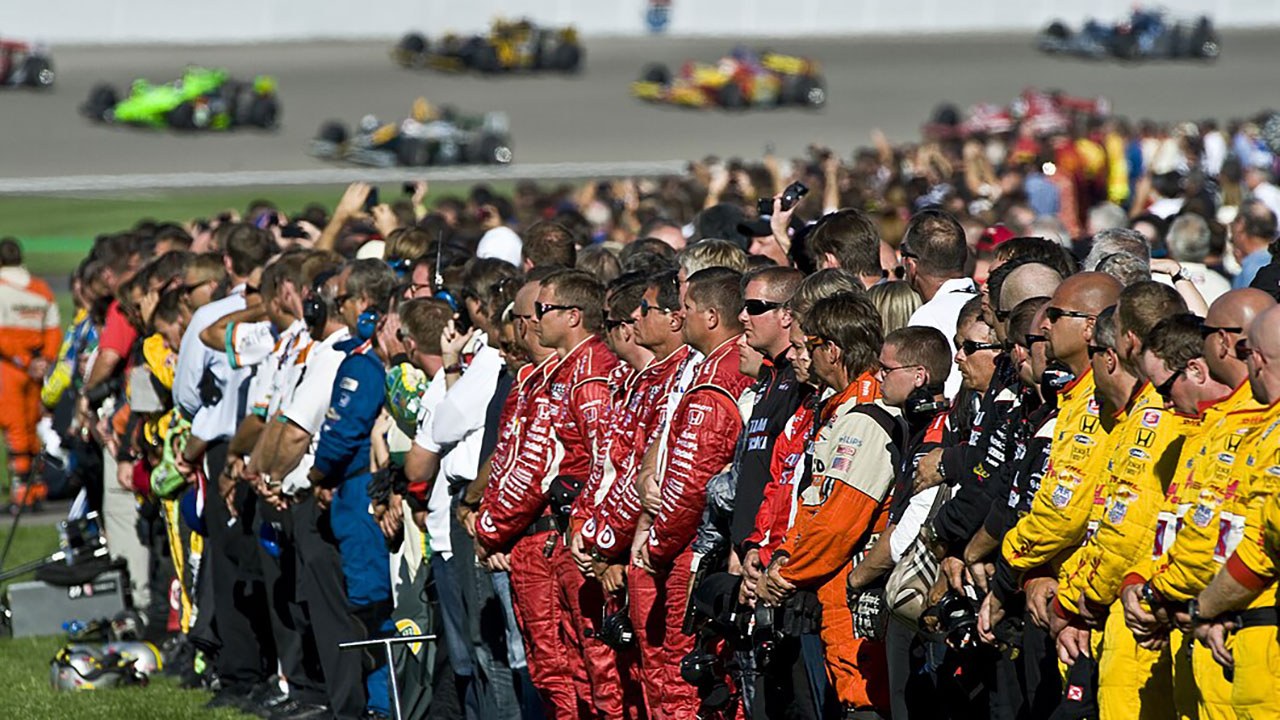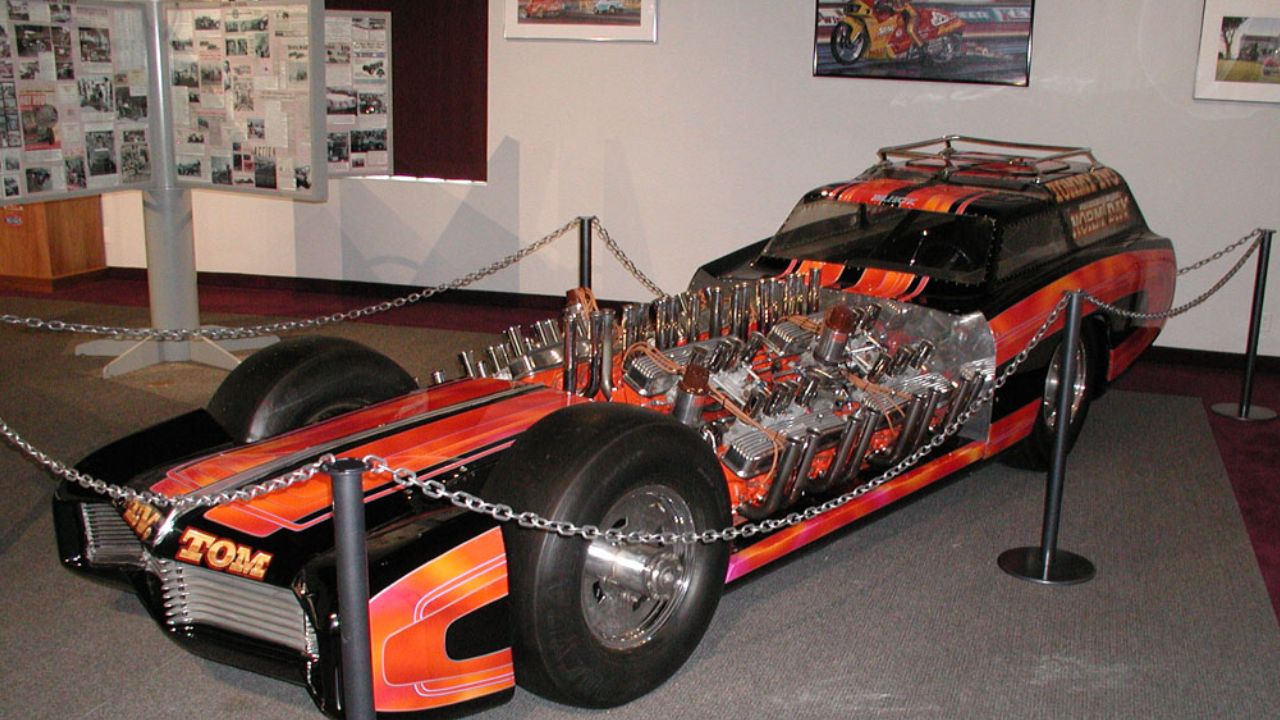Motorsport has always been a thrilling yet perilous sport, with high speeds and intense competition leading to numerous crashes over the years. While unfortunate, these incidents have often prompted significant advancements in safety regulations, ensuring better protection for drivers and spectators alike. Several pivotal crashes have driven the evolution of safety standards in motorsport.
The Pioneering Changes: The 1955 Le Mans Disaster

The 1955 Le Mans disaster remains one of the most catastrophic events in motorsport history. During the 24 Hours of Le Mans race, a collision involving Pierre Levegh’s Mercedes-Benz 300 SLR resulted in the car disintegrating and sending debris into the crowd, killing Levegh and 83 spectators. This tragedy highlighted the urgent need for improved safety measures in motorsport.
In the aftermath, significant changes were implemented, including the introduction of safety barriers and improved spectator safety measures. The disaster prompted a global reassessment of motorsport safety standards, leading to stricter regulations and the development of safer racing environments. This incident served as a catalyst for the evolution of safety protocols that are now standard in racing events worldwide.
Formula 1’s Turning Point: Ayrton Senna and Roland Ratzenberger, 1994

The tragic weekend at Imola in 1994, which claimed the lives of Ayrton Senna and Roland Ratzenberger, marked a turning point for Formula 1 safety. Senna’s crash during the San Marino Grand Prix, coupled with Ratzenberger’s fatal accident during qualifying, underscored the vulnerabilities in driver protection at the time. These events led to a comprehensive review of safety standards within the sport.
In response, Formula 1 introduced several critical safety measures, including improved cockpit protection and modifications to track layouts to enhance driver safety. The FIA Safety Committee was established to oversee these changes and continues to play a crucial role in advancing safety in motorsport. The legacy of this tragic weekend is evident in the ongoing commitment to driver safety improvements in Formula 1.
NASCAR’s Wake-Up Call: Dale Earnhardt’s Fatal Crash, 2001

Dale Earnhardt’s fatal crash during the 2001 Daytona 500 sent shockwaves through NASCAR and the broader motorsport community. Known as “The Intimidator,” Earnhardt’s death highlighted the need for enhanced safety measures in stock car racing. The incident accelerated the adoption of the HANS (Head and Neck Support) device, which became mandatory for all drivers to prevent fatal head and neck injuries.
Additionally, NASCAR introduced SAFER (Steel and Foam Energy Reduction) barriers to absorb impact energy and reduce the severity of crashes. Earnhardt’s crash also prompted significant changes in car design, focusing on improving driver safety through better structural integrity and crashworthiness. These advancements have significantly reduced the risk of fatal injuries in NASCAR events.
The Legacy of Dan Wheldon: IndyCar’s Response to Las Vegas, 2011

Dan Wheldon’s tragic death in a multi-car crash at the Las Vegas Motor Speedway in 2011 was a pivotal moment for IndyCar safety. The accident, which involved 15 cars, highlighted the dangers of high-speed oval racing and the need for improved safety measures. In response, IndyCar implemented several changes to enhance driver protection and reduce the risk of similar incidents.
One of the key developments was the introduction of improved car designs with advanced aerodynamic features to minimize airborne crashes. Additionally, there was a push for enhanced helmet technology and driver head protection systems to better safeguard drivers in the event of a crash. Wheldon’s legacy continues to influence safety innovations in IndyCar racing.
Modern Innovations: Jules Bianchi and the Halo Device

Jules Bianchi’s crash at the 2014 Japanese Grand Prix was a stark reminder of the need for improved head protection in Formula 1. Bianchi’s accident, which ultimately led to his death, prompted a renewed focus on driver safety and the development of the Halo device. This protective structure, designed to deflect debris and provide additional head protection, was integrated into Formula 1 cars starting in 2018.
The Halo device has since become a standard safety feature across various motorsport categories, demonstrating its effectiveness in preventing serious injuries. Bianchi’s crash and the subsequent introduction of the Halo have had broader implications for driver safety, underscoring the importance of continuous innovation in protecting drivers on the track.
Like Fast Lane Only’s content? Be sure to follow us.
Here’s more from us:
*Created with AI assistance and editor review.







Leave a Reply